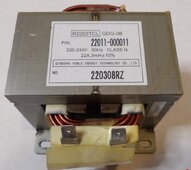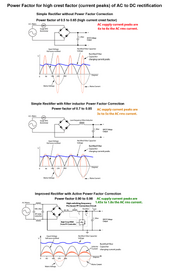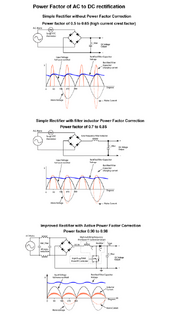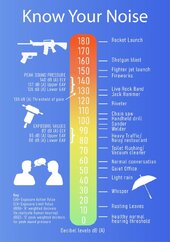In recent years some DC mini-split airconditioners have come to the market. At least in China and US, here in Europe I would need to import them. And they might not comply to everything needed here, but let's leave that out of the discussion for now.
There are the hybrid types, and there are the ones that can only run on DC (usually 48v).
Focussing on the DC-only models, running in a DC only system (battery/solar etc)
Is it really worth it from an efficiency point of view to use DC mini-splits?
Because the efficiency numbers (SEER and COP) are typlically lower than a good brand mini-split (Mitsubishi / Daikin etc)
So it seems you end up with lower efficiency with the current available DC mini-splits, than if you would use the AC route.
Of course it would save on the need for an inverter.
But it seems like having some loss through the inverter, and then running a very efficient AC powered mini-split comes out more efficient.
Please note that I also look at using it for heating in Western European climates.
So heating when it is -5 or -10 degrees Celcius outside. I am sure they will work, but probably much less efficient than the AC powered minisplits I have been using.
There are the hybrid types, and there are the ones that can only run on DC (usually 48v).
Focussing on the DC-only models, running in a DC only system (battery/solar etc)
Is it really worth it from an efficiency point of view to use DC mini-splits?
Because the efficiency numbers (SEER and COP) are typlically lower than a good brand mini-split (Mitsubishi / Daikin etc)
So it seems you end up with lower efficiency with the current available DC mini-splits, than if you would use the AC route.
Of course it would save on the need for an inverter.
But it seems like having some loss through the inverter, and then running a very efficient AC powered mini-split comes out more efficient.
Please note that I also look at using it for heating in Western European climates.
So heating when it is -5 or -10 degrees Celcius outside. I am sure they will work, but probably much less efficient than the AC powered minisplits I have been using.







